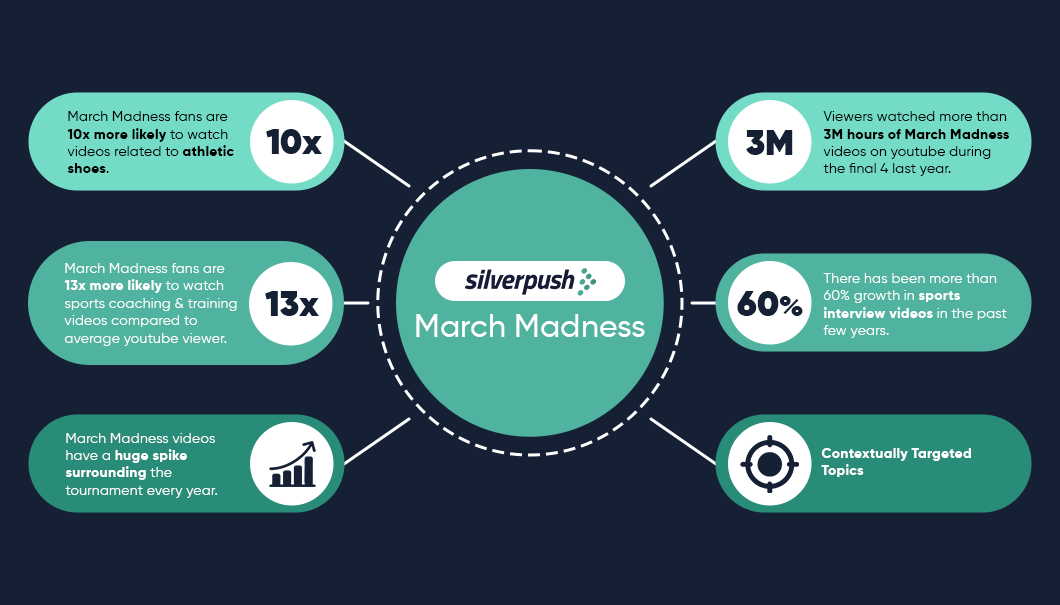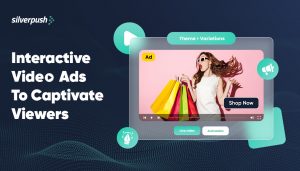Grab Consumer Attention With Contextual Advertsing During March Madness
PUBLISH DATE: 14 February 2024
In the dynamic landscape of modern advertising, strategic brand placement is essential for capturing the attention of vast audiences. One such golden opportunity lies within the fervor and excitement of March Madness, a premier collegiate basketball tournament that captivates the attention of millions of Americans each year.
According to reports, the advertising landscape during March Madness is marked by substantial investments, with spot prices ranging from hundreds of thousands of dollars in the early stages to over $2 million for the NCAA Championship. The statistics speak volumes about the unique advertising environment presented by March Madness.
Did you know that 41% of March Madness viewers checked ad-addressable websites, most visiting new sites (Source: kortx.io).
An Overview of the March Madness Audience
In 2023 14.69 Millions viewers tuned in and March Madness emerged as a prime platform for advertisers seeking to make a significant impact.
- March Madness programming captures the attention of 65% of households, with an average viewing time of 9.25 hours per household throughout the tournament.
- Ads during March Madness reach 245% more households per commercial compared to ads in other programming. (Source: effectv)
- Streaming viewership on networks airing March Madness increases by 86% during the tournament compared to the preceding period.
- 66% of these fans have agreed they take action after seeing a brand’s sponsorship as they are watching their favorite team play. (Source: adweek)
Targeting an Enviable Audience: WalletHub reports that approximately 73% of March Madness viewers also tune in to local news, with almost half boasting a household income exceeding $100,000, and 51% falling within the 25 to 54 age range.
Maximizing Exposure: The tournament, spanning from Selection Sunday to the championship game, offers advertisers the opportunity to achieve high frequency and exposure, reaching a distinctive audience over a three-week period.
Elevate Creativity: Given the grand stage, generic creativity won’t suffice. Industry leaders have emphasized the importance of standing out, especially with such a discerning audience, for optimal advertising impact.
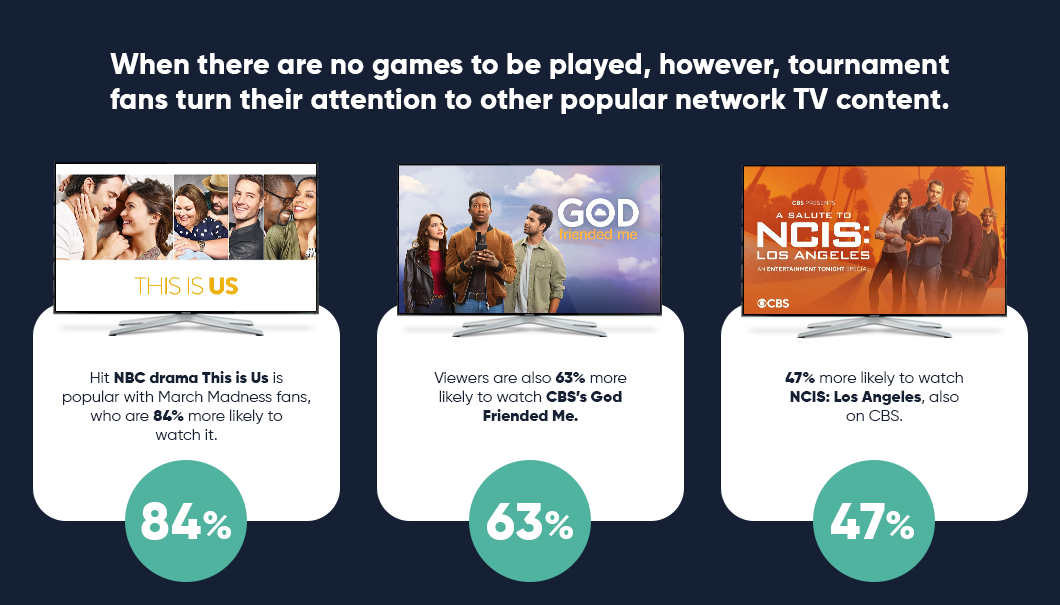
Elevate Your Video Game with Dynamic Video Ads During March Madness!
March Madness stands out as a premier sporting spectacle each year, drawing an ever-growing viewership as the tournament unfolds. Whether you missed a game, sought exclusive interviews, or craved expert predictions, the go-to platform for all things March Madness is YouTube.
In the previous year, the final four rounds of the tournament amassed a staggering 3 million hours of viewership on YouTube. However, it’s not just tournament content that attracts viewers; a Google survey revealed that March Madness fans exhibit a staggering 16x higher likelihood of watching sports news-related videos compared to the average YouTube user.
Delving deeper into the viewership patterns, advertisers and marketers are recognizing the unique opportunities presented by March Madness enthusiasts. A recent study discovered that these fans are 10 times more likely to engage with videos centered around athletic shoes, making them a highly lucrative audience for sports brands.
Beyond the tournament highlights and post-game interviews, March Madness fans exhibit a penchant for diverse sports content on YouTube. The same study highlighted that these fans are 13 times more likely to consume videos related to sports coaching and training compared to the average YouTube viewer. This presents a valuable opportunity for brands aiming to contextually target athletes or sports aficionados.
Contextual targeting, hinging on intent-based targeting, allows advertisers to align their content with users’ specific interests, elevating the probability of a positive response. According to recent findings, consumers targeted at the contextual level are 83% more likely to recommend the advertised product or service compared to those targeted at the audience or channel level. This underscores the importance of reaching consumers in the right mindset at the opportune moment, enhancing ad resonance and subsequently boosting purchase intent.
Source: thinkwithgoogle
How Silverpush’s Advanced Contextual Solution Can Help Brands?
Silverpush is at the forefront of guiding brands through the landscape of contextual advertising with its cutting-edge AI technology, “Mirrors“. This revolutionary platform is reshaping YouTube advertising by seamlessly integrating AI capabilities with human expertise, creating a foundation for ethical, fair, and transparent ad placements.
Intelligent Contextual Targeting
Mirrors employs advanced AI technology, particularly the Context Detection model, to identify key contextual elements within videos. This includes faces, logos, objects, actions, text, and audio. This thorough analysis ensures a nuanced understanding of content context.
Additionally, Mirrors utilizes a Language Detection model, enabling it to comprehend slang, dialects, and cultural nuances. This linguistic proficiency enhances accurate context analysis, providing advertisers with a deeper understanding of the content they associate their brands with.
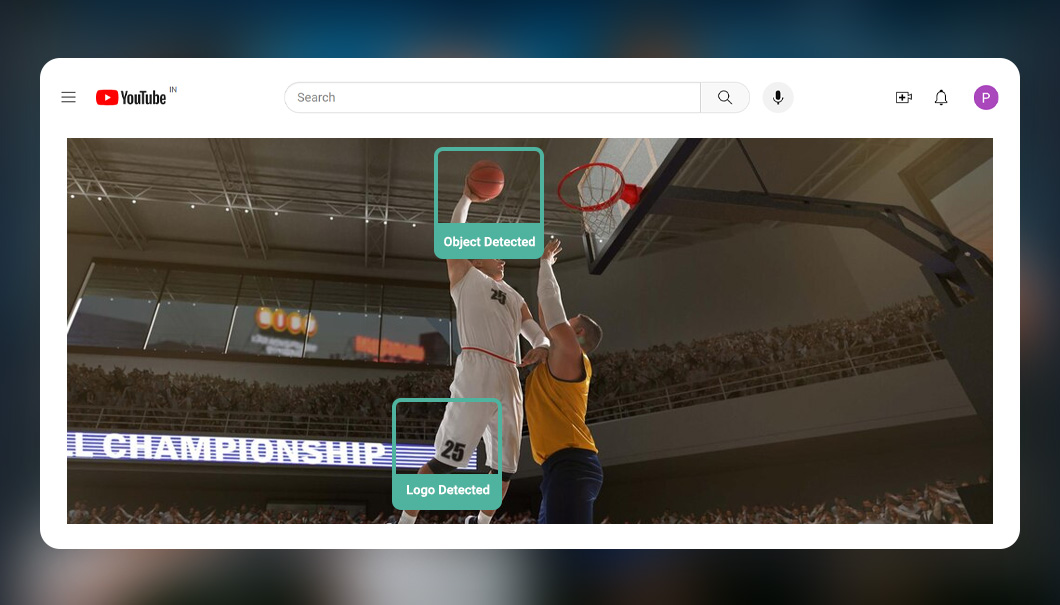
Brand Safety & Suitability
Mirrors place a strong emphasis on brand safety and suitability. It utilizes custom Inclusion & Exclusion themes to further enhance the suitability of ad placements.
Covering all 12 GARM (Global Alliance for Responsible Media) categories, Mirrors classifies content into three risk levels: Low, Medium, and High. This comprehensive approach ensures smart optimization by avoiding overblocking through intelligent risk balancing and advanced filtering mechanisms.
Human Augmented Filter
Mirrors combine AI efficiency with human oversight through a meticulous Human Augmented Filter. This dual-layered approach helps in full-proofing AI-extracted contexts, ensuring that ads align with the latest best practices.
The human element in the filtering process allows advertisers to stay current with industry trends, regulations, and ethical considerations. It acts as an additional layer of assurance, providing a dynamic and responsive framework for contextual advertising.
This March Madness Capture More Attention for your Brand
Conclusion
In the realm of sports events, every match is an opportunity to plant the seeds of brand recognition. Silverpush provides the tools to maximize this opportunity, offering advertisers the chance to sow the seeds of higher ROI and reap the fruits later.
Get in touch with our team today to learn how targeting YouTube categories like March Madness could be the ideal fit for your ads.
Contextual Advertising is More Cost-Efficient than Behavioral Advertising
PUBLISH DATE: 02 December 2021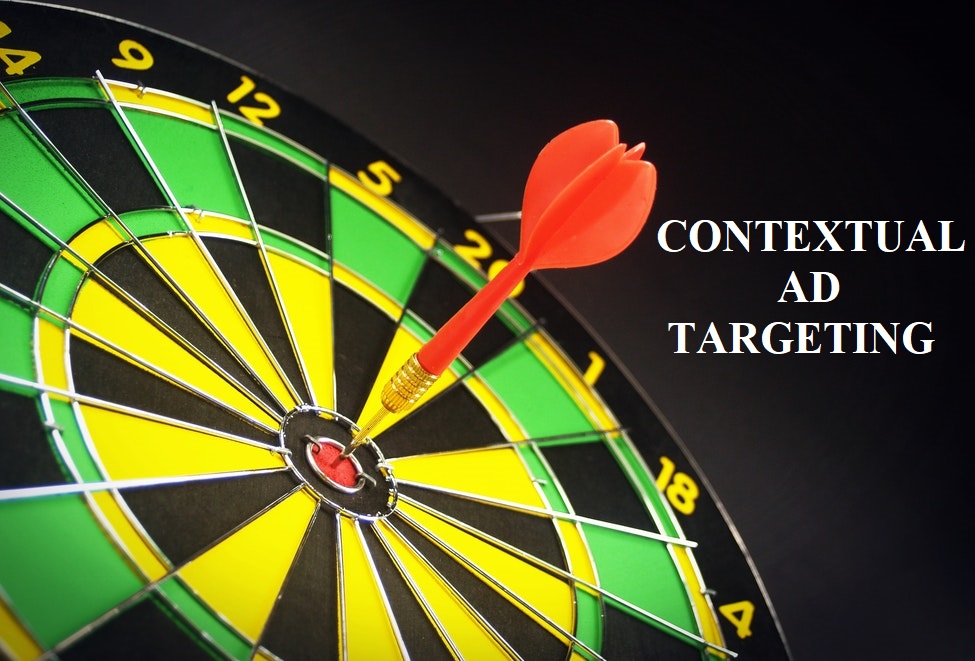
Digital advertising has become an indispensable tool for marketers to achieve their advertising goals. Broadly speaking, there are two main types of digital advertising – behavioral and contextual.
The debate on contextual advertising vs behavioral advertising has always troubled the marketers. Behavioral advertising targets ads on the basis of user data such as websites visited, products viewed, purchase history, etc. It makes use of third-party cookies to reach consumers, irrespective of contextual relevance. On the other hand, contextual advertising involves showing ads that are contextually relevant to the content a user is consuming.
Major web browsers like Safari and Firefox have already blocked third-party cookies, and Google’s Chrome browser has started phasing out these cookies. Besides third-party cookies’ blocking, privacy regulations like the General Data Protection Regulation (GDPR) and the California Consumer Privacy Act (CCPA) have made it difficult for marketers to continue using behavioral advertising. As contextual advertising does not involve the use of consumers’ personal data, it appears to be the best alternative to behavioral advertising.
A recent research study has shown that contextual advertising is more cost-efficient than behavioral ad targeting. Four big companies took part in the study. Five campaigns were run in order to compare contextual advertising and behavioral advertising in terms of efficiency. The five campaigns included one behavioral advertising campaign and four contextual advertising campaigns. The four contextual advertising campaigns were run by four different contextual advertising companies.
All of the five campaigns were setup identically and used the same ad unit. The number of impressions was same for each of the campaigns. For comparing the cost efficiency of contextual advertising and behavioral advertising, three measures were considered, viz. – Cost per mille in-demo impressions or In-Demo eCPM (cost of reaching desired demographic), Cost per click or CPC, and Cost per mille viewable impressions or vCPM. For viewable impressions, Media Rating Council’s standard was followed, i.e., fifty percent of ad visible for at least one continuous second.
The study found that contextually targeted impressions were significantly less costly than behaviorally targeted impressions, contextual eCPM being thirty-six percent lesser than behavioral eCPM. The cost per click (CPC) for contextually targeted ads was found to be forty-eight percent lesser than the cost per click for behaviorally targeted ads. After considering CPMs for every ad line, the cost per mille viewable impressions (vCPM) for contextually targeted ads was found to be forty-one percent lower than behaviorally targeted ads.
The study concluded that for all of the three cost efficiency metrics, contextual ad targeting was significantly better than behavioral ad targeting.
It is clear that in the era of data privacy regulations and cookie-less browsers, contextual advertising not only offers an effective and safe way of targeting ads to consumers, but also provides more cost-efficiency than behavioral advertising.
Understanding the Effects of Context and Sentiment on Consumers’ Perception of Ads and Brands
PUBLISH DATE: 15 November 2021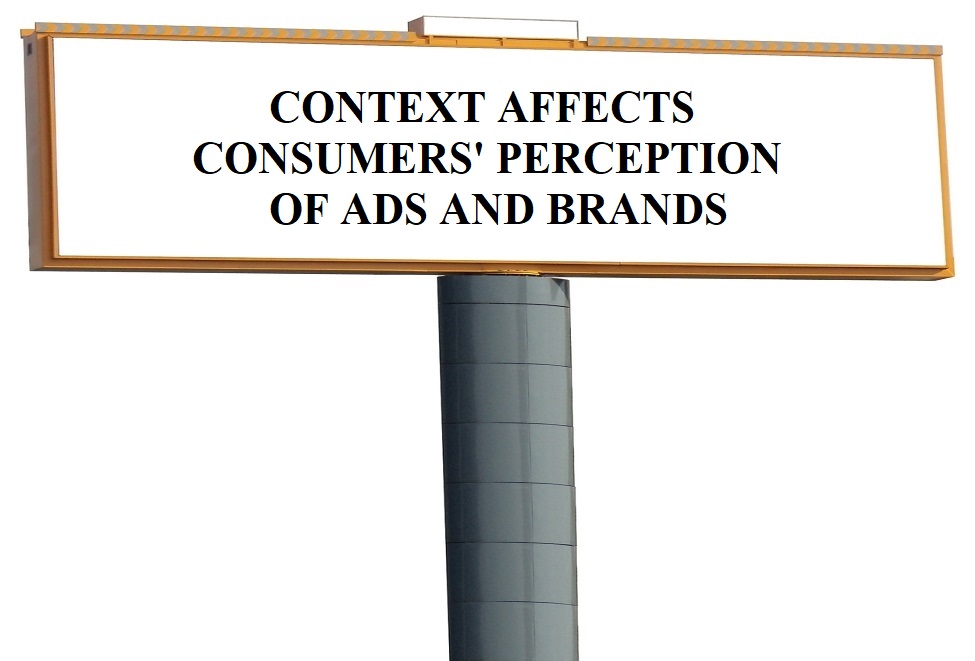
The digital advertising landscape is increasingly shifting towards contextual relevance. Brands are using contextual advertising approach for connecting with the right consumers with the right message and at the right time.
A recent survey study has shown that the quality of the environment in which a brand’s ads are placed influences consumers’ perception of the ads and the brand. The online survey, which involved more than a thousand participants, aimed to find out the kinds of ads that people prefer to see in different types of environments, and how context and sentiment of the content of a webpage affect people’s feelings towards the ads placed on that page and the associated brands.
The results of the survey are highly favorable to contextual targeting companies. Seventy percent of the survey participants stated that it is important, at least to some degree, that digital ads placed on a page are relevant to the page’s content. This means people value seeing ads that are in line with the content they are consuming.
Seventy-four percent of the survey participants, i.e., about three in four participants, stated that they like to see those ads on a web page that match with the content of the page. This finding reveals the preference of consumers for contextually relevant ads.
Seventy-two percent of the participants said that the content surrounding a digital ad impacts their perception of the ad. This finding reveals that people not only just give preference to the ads that are contextually relevant to the surrounding content, but also perceive them in a better way. The content of a web page influences the opinion of people about the ads on that page.
When participants were shown content from different content categories such as entertainment, finance, shopping, etc., their ad preference was found to be consistent, i.e. for each of the different content types, they always preferred to see ads contextually relevant to that content type. Thus, by leveraging the expertise of contextual advertising companies, brands can achieve unprecedented reach and engagement.
Fifty-six percent of the participants stated that they form a more favorable opinion towards a brand whose ads are contextually relevant. Sixty percent said that they are likely to remember ads that align well with the content of the page.
A piece of content can communicate a positive, neutral, or negative feeling to the people consuming it. Majority of the participants, i.e. seventy-two percent, said that the sentiment of the content they consume influences their feelings towards the brands whose ads are shown against that content.
The survey study found that, on average, participants were more receptive to content that conveyed positive or neutral feelings. Participants also showed increased favorability towards the brands whose ads appeared against content with positive or neutral sentiment. Moreover, participants showed increased memorability for ads placed against content with positive or neutral sentiment.
By understanding how context and sentiment affect consumers’ perception of ads and brands, marketers can boost consumers’ engagement with ads and brands.







